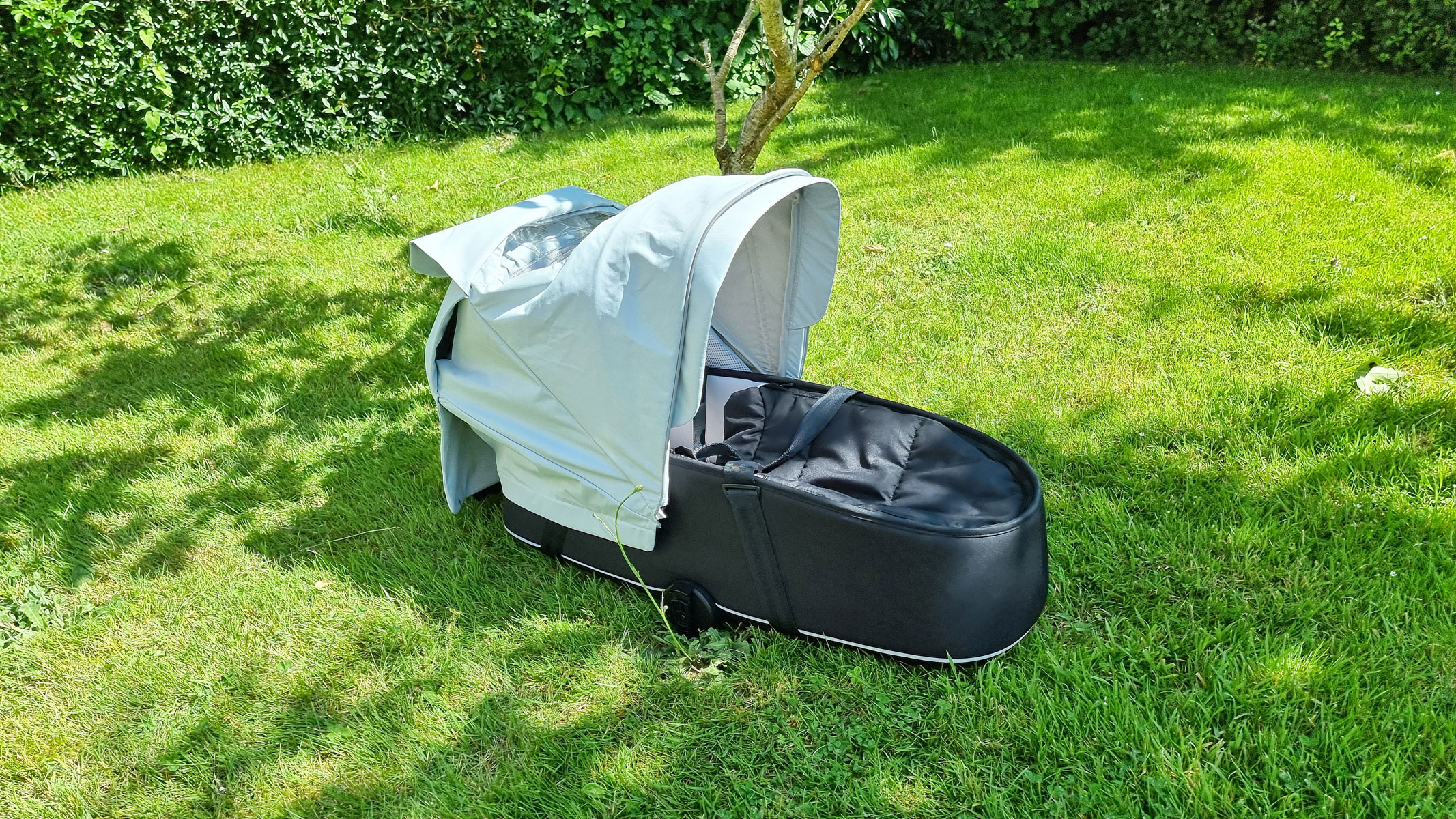It has been well documented for decades that higher educational attainment strongly correlates with a person’s higher likelihood of voting. A study investigating how much education affects voting rates from 1950 to 2004 found that this positive correlation has increased since 1980.
However we’re living in a time with the highest percentage of the voting-eligible population ever holding a bachelor’s degree—but most adults vote at lower levels now than decades prior. For a healthy democracy made up of educated and active voters, it would help to better understand the connection between educational attainment and political engagement, and ways to overcome this contradiction.
Given the recent surge in college student voter registration and turnout, let’s look at the types of activities and environments on campus that incite students to vote, including historical trends and current movements, so we can better maintain this momentum over time.
College attendance and areas of study influence student voting rates
Whether the effect of a college degree on political participation is direct or indirect is debated among sociologists. Some argue that the correlation is a coincidence and due more to factors such as gains in socioeconomic status, rather than the education itself. Another argument claims that college students are primed for political engagement before college because of the influence of their family and upbringing. However, when analyzing these mediators of the civic returns of college, the strongest influence on self-reported voting was found to be the direct effect of simply attending college—even over the impact of socioeconomic advancements and prior family influence. The biggest gains were found for those who were statistically less likely to attend college, such as students from low-income families or first-generation college students. So, what is it that students experience while attending college that encourages them to become voters?
A leading theory as to why college attendance increases voting levels is the civic education hypothesis, which states that education can provide both the skills and knowledge necessary to become an active and informed voter. Supporting this hypothesis is the finding that those who take more social science credits were found to have the highest levels of political engagement after college, while those focusing on science or business had the lowest rates of political engagement. Additionally, a study found that students who take even one political science course while in college are 9% more likely to register to vote, and 8% more likely to follow through with voting, than students who did not take the course. A study using longitudinal data from 2002 to 2012 confirms that courses in the social sciences and humanities have the strongest impact on promoting student voting, along with service learning opportunities and being mentored while in college.
Campus activities and environment can promote student connection and agency
Of course, students don’t spend all their time in college in class, and the social environments they encounter and the campus activities they participate in can greatly influence their political identities as well. In fact, one of the biggest factors connecting college attendance to political engagement is whether the student attends a residential college versus a commuter school (or takes courses online). The influence of student residency is greater than that of any other institutional characteristics, such as the selectivity levels of the school, how much research funding it receives, or the amount of money spent on student services. When students reside on campus, they are more likely to partake in on-campus activities, which can increase their likelihood of becoming politically engaged voters. For example, student participation in an on-campus lecture series focused on topics important to American democracy, candidate debate watch parties, and panel discussions centered around important issues in the 2018 election increased the success of a student voter registration efforts at the University of Indianapolis. Similarly, at a university in Ohio, an interventional study on the effects of a campus presidential debate watch event found a positive effect of event attendance on increasing student voter turnout in the 2016 election.
Other on-campus factors beyond one-time events also contribute to increased student voter turnout. In a study surveying nine regionally and demographically distinct universities across the country, including campus visits and interviews, several shared attributes were found for the schools with higher-than-average student voting rates. One of these attributes was a school administration that treats the students more like colleagues by including them in collaborative, horizontal decision-making processes. This included examples such as giving the student government control over a large budget for awarding student micro-grants and working with school administration, local experts, and local government to draft anti-fracking policies. Another shared attribute was the occurrence of more political action on campus. This often took the form of protests, demonstrations, and sit-ins. This politically engaged climate was found to help students gain the political skills needed to navigate institutional structures and bring about change on campus.
Student worker unionization may increase democratic participation
A growing movement on campuses that fosters similar types of horizontal decision-making and political action on campuses which could lead to increased student political engagement is student worker unionization. Historically, unions have been described as “schools of democracy” due to the way in which they promote communication skills, collective decision making, informed voting, and leadership among members. This type of engagement in unions tends to build a strong sense of efficacy and voice in its members, which goes beyond participating in the workplace union, and into local and national politics as well. Union members are more likely to vote in presidential and congressional elections than non-union members, even when controlling for individual characteristics such as income, education, and occupation. When we see a decline in union membership, such as when right-to-work laws result in limited union participation, a coinciding reduction in voter turnout can also be observed. For example, voter turnout in counties with right-to-work laws limiting union membership see 2-to-3 percentage point lower voter turnout in presidential elections than counties without right to work laws. This data supports the positive effects union membership and participation have on democracy as a whole.
With the recent surge in student worker unionization on college campuses, there could be a similar positive effect on student voter turnout. When students are going through the unionization process, there is much to discuss, debate, and consider. Students become increasingly engaged in this civic process and realize the importance of voicing their opinions and voting on a regular basis.
As a union organizer during the Columbia University strike in the fall of 2021, I was involved in countless discussions with other students concerned about whether we would receive adequate increases in compensation, health care, child care and protections against harassment and discrimination to make striking and union dues worthwhile. I saw students who seemed apathetic to the process become increasingly engaged and aware of the political structure of the university and the needs of other students. Being a graduate student through many stages of our years-long unionization process, I, too, grew from a casual voter and observer to one who felt compelled to organize, speak publicly, and march in the picket lines. I discovered my voice and grew in my sense of political efficacy alongside my peers.
Additionally, there can be spillover effects of the union onto other students as it promotes more civic and political discourse on campus. This was the case during the Columbia University strike, when many undergraduate students not eligible to seek membership in the union still showed support for the union effort through signing petitions, picketing, providing resources, and more. The massive 10-week strike at Columbia was impossible to ignore, and invited everyone on campus to join into the political discussions taking place.
While there is no data yet on how student unionization might contribute to student voting levels, insight into what builds a student body with strong voting rates, along with the data on other unions, makes it likely that unionization on campus could positively impact the student vote. It would be interesting to investigate whether a hostile campus environment that does not support the right of their student workers to unionize can suppress student political agency and their incentive to vote in local and national elections.
Expanding knowledge to expand the vote
The college experience is one that can vary widely and can make lasting impacts on the way its students engage with our political system, in the right conditions. There is evidence to support the many ways a college education can strengthen our democracy, but many pathways remain unstudied. We must continue to dive into the existing data and begin to study emerging trends, such as student unionization, to build on the current momentum in student voter turnout and to ensure this level of political participation is maintained.

 1 year ago
104
1 year ago
104


